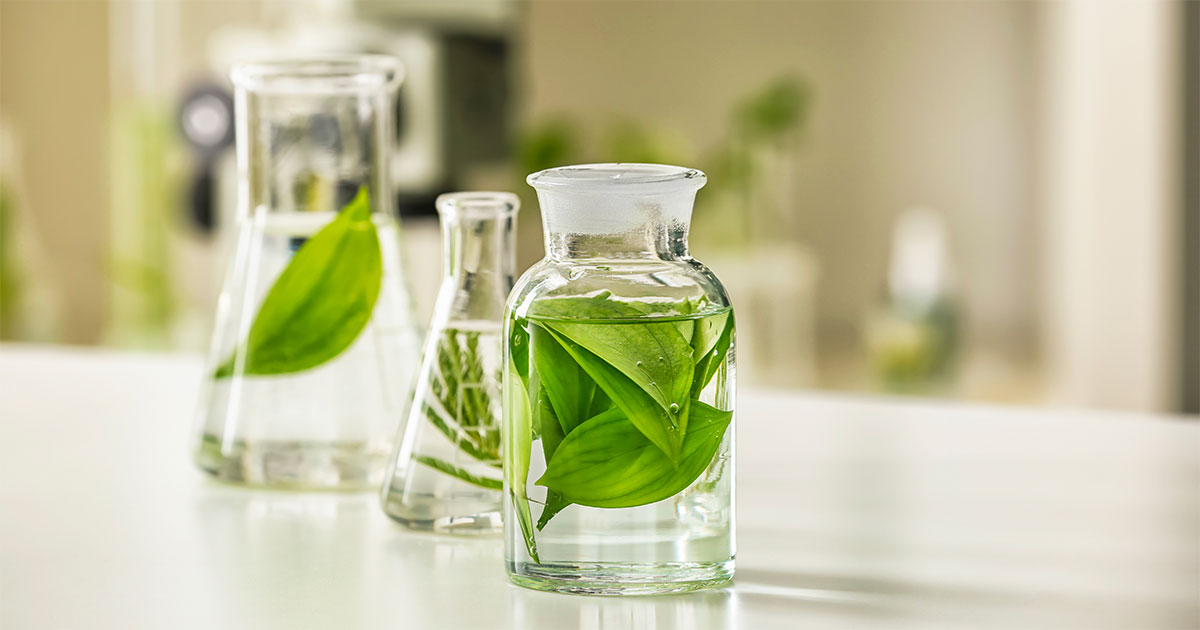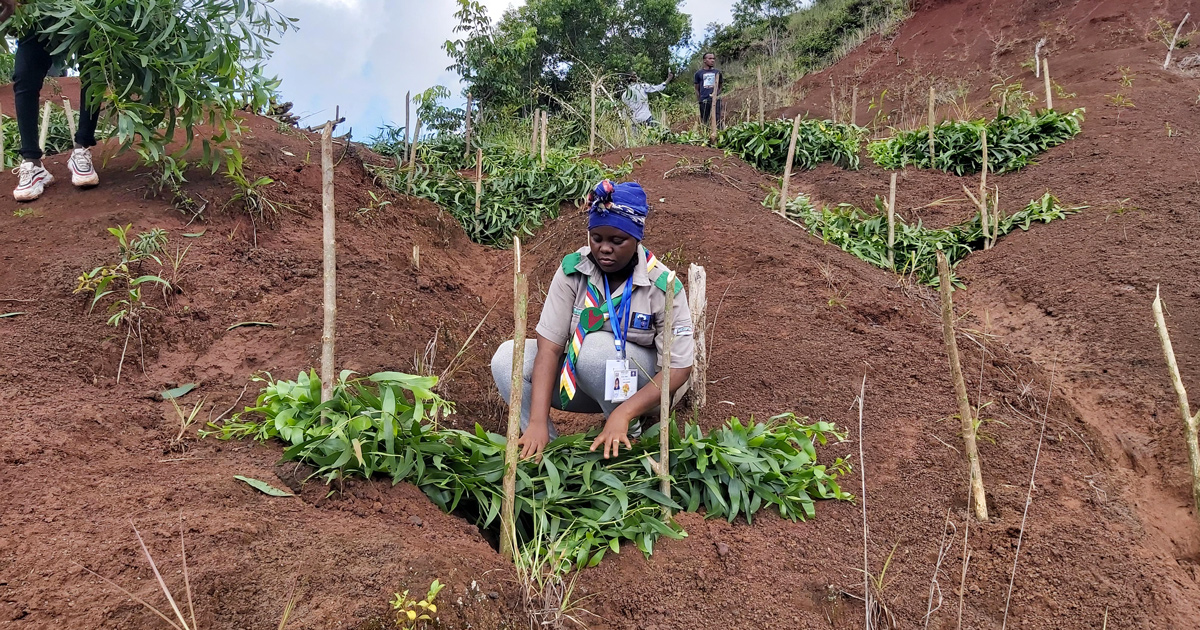Wadi Dawkah
Olibanum resin: a panacea?
In 2022, researchers at the center of natural and medical sciences at the University of Nizwa, 150 km from Muscat, managed to decipher the Boswellia sacra genome using DNA from fresh frankincense leaves. An achievement that owes much to the perseverance of the Omani scientific teams.





















